When it comes to Italian supercars, Ferrari and Lamborghini stand head and shoulders above the rest. Both brands carry strong identities and loyal followings, but they couldn’t be more different in how they approach design, performance, and heritage. Whether you lean toward Ferrari’s racing pedigree or Lamborghini’s aggressive flair, there’s no denying each has shaped what a supercar means today. Let’s break down what makes these two icons tick and see how they compare beyond just the badge.
Origins: Ferrari’s Racing Roots vs Lamborghini’s Farming Start

Ferrari began in 1939 as a racing team before building road cars that borrowed race tech. Enzo Ferrari’s focus on track performance shaped its DNA early on. In contrast, Lamborghini started in 1963 as a tractor manufacturer. Ferruccio Lamborghini, tired of his Ferrari’s clutch issues, decided to build a better grand tourer. These different beginnings set the tone for each brand—Ferrari steeped in motorsport heritage, Lamborghini driven by a quest to challenge Ferrari’s dominance.
Engine Philosophy: Precision V12s vs Bold V10s and V12s
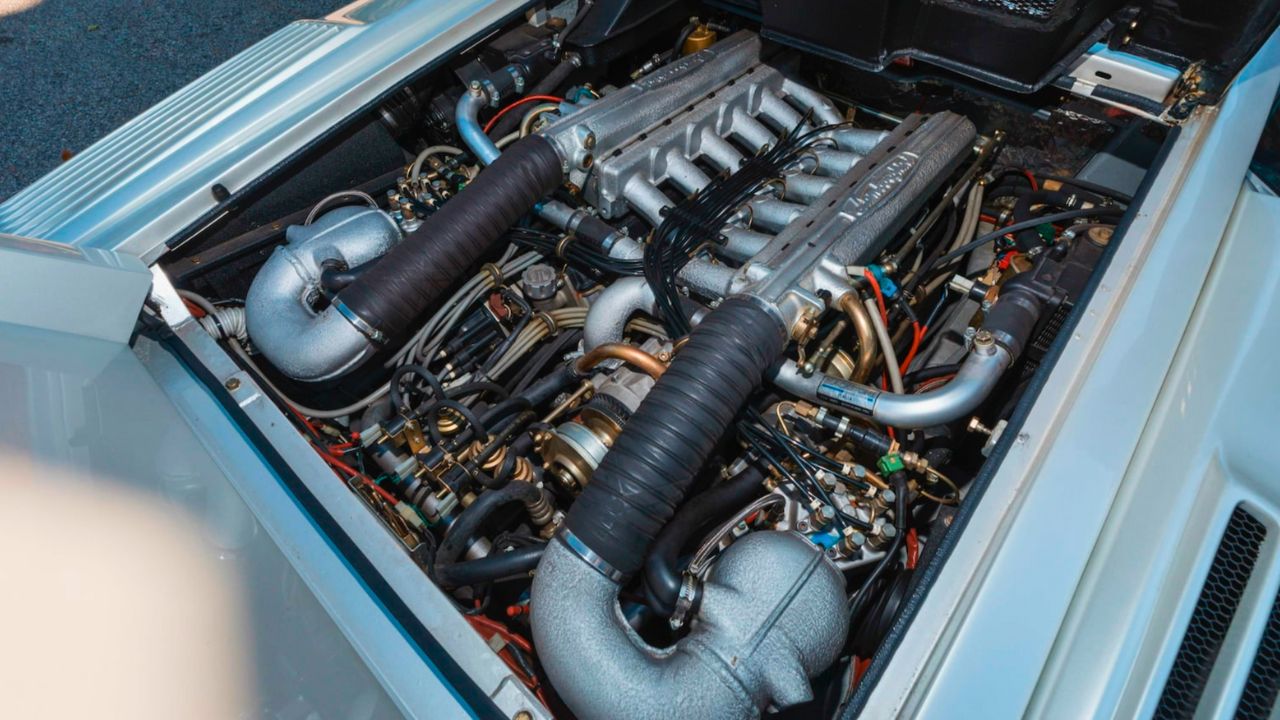
Ferrari’s engines often prioritize high-revving precision. Take the 812 Superfast’s 6.5-liter V12 pushing 789 horsepower, built for smooth yet intense power delivery. Lamborghini tends to favor naturally aspirated V10s and V12s designed for aggressive sound and torque bursts, like the Aventador’s 6.5-liter V12 producing 769 horsepower. Both brands craft engines with a focus on performance, but Ferrari often leans into racing refinement, while Lamborghini emphasizes rawness and flair.
Design Language: Understated Elegance vs Sharp Angles

Ferrari’s styling tends to be fluid, sculpted, and aerodynamic, with curves that suggest speed even at rest. The F8 Tributo, for instance, combines classic Ferrari proportions with modern cooling intakes. Lamborghini goes for sharp, geometric lines and aggressive stances. The Huracán sports angular front fascia and a low, wide stance meant to catch attention instantly. Both approaches serve different tastes—Ferrari appeals to those who appreciate sleek sophistication, Lamborghini to those who prefer a more extroverted look.
Performance and Handling: Track Focus vs Street Presence
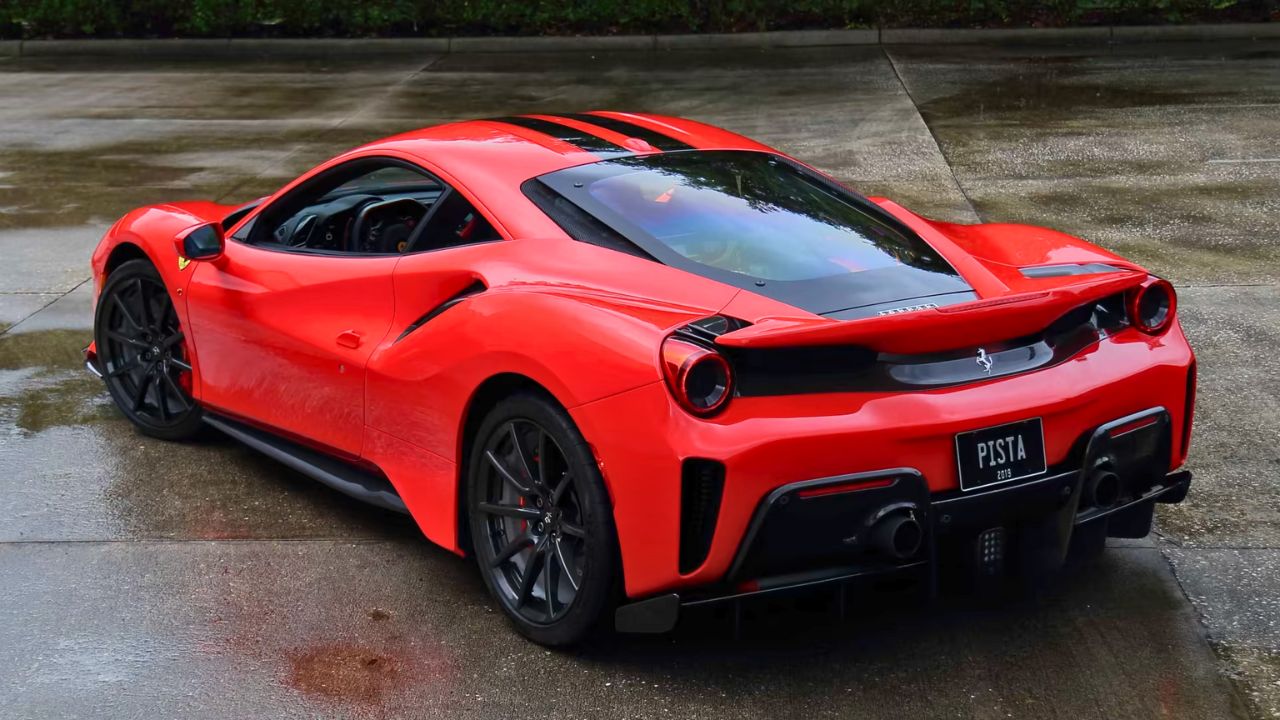
Ferrari models like the 488 Pista are laser-focused on track precision, with advanced aerodynamics and finely tuned suspension. Their cars often feel more connected and communicative when pushed hard. Lamborghini’s cars, like the Urus or Huracán EVO, mix sharp handling with a bit more emphasis on street presence and theatricality. They’re fast and capable but sometimes favor punchy, visceral driving experiences over sheer precision.
Interior Experience: Driver-Centric vs Bold and Futuristic
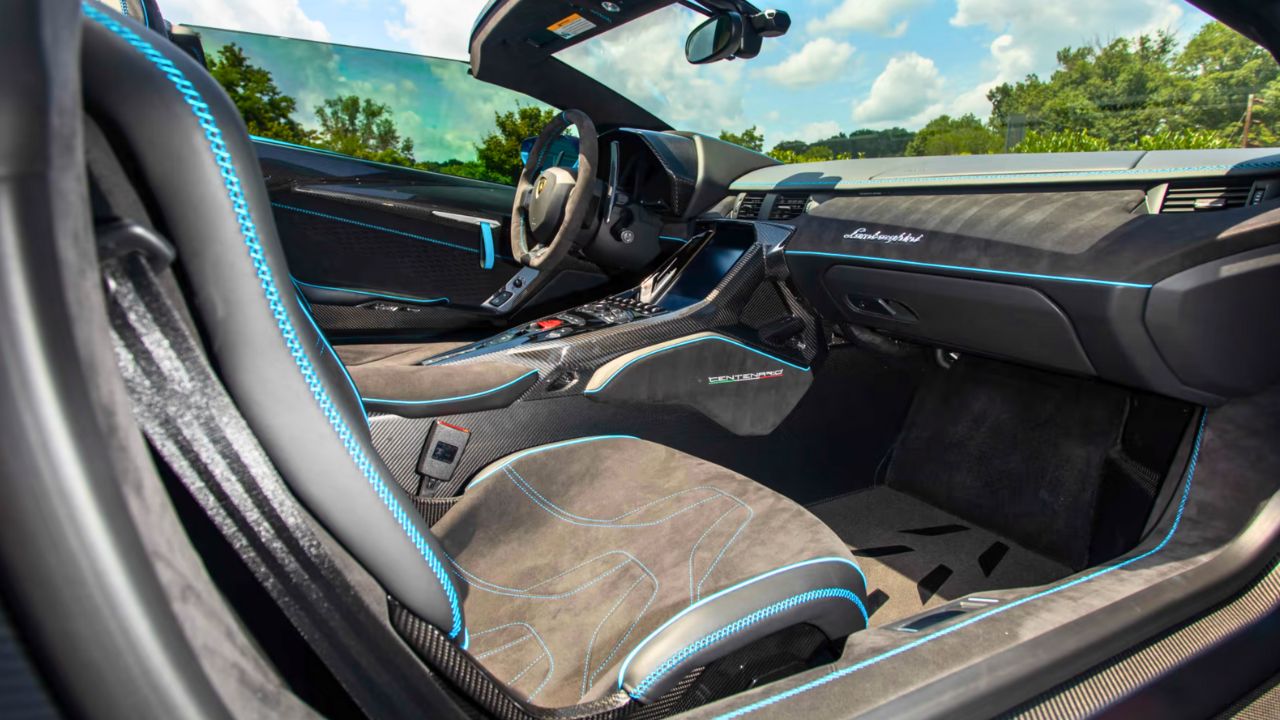
Ferrari cabins prioritize a clean, driver-focused setup with premium materials and intuitive controls. The steering wheel is loaded with buttons to keep focus on the road. Lamborghini interiors, meanwhile, often have sharper angles and more aggressive styling cues, like the digital Y-shaped dashboard displays. Both offer luxury, but Ferrari’s feels more understated while Lamborghini’s commands attention inside as much as outside.
Technology Integration: Advanced but Accessible vs Cutting-Edge and Flashy

Ferrari tends to integrate tech subtly, focusing on enhancing driver control without distraction. Systems like their E-Diff and F1-Trac traction control improve cornering without overwhelming the driver. Lamborghini embraces tech that’s a bit more on display—active aerodynamics, dynamic steering, and sophisticated infotainment systems with flashy interfaces. Both offer modern performance tech, just with different priorities on user experience.
Price and Exclusivity: Ferrari’s Limited Runs vs Lamborghini’s Broader Appeal

Ferrari often limits production to keep exclusivity, with many models made in smaller numbers and often requiring buyer vetting. This scarcity adds to the brand’s allure. Lamborghini produces more cars annually and offers a range that includes SUVs like the Urus, broadening its appeal. While both brands are expensive, Ferrari generally remains more selective about who gets what, keeping its lineup leaner.
Motorsport Legacy: Ferrari’s F1 Success vs Lamborghini’s GT and Road Racing

Ferrari’s legacy is deeply tied to Formula 1, where it’s the most successful and longest-standing team. Their track experience influences their road cars’ design and performance. Lamborghini has focused more on GT racing and has been involved in series like GT3 and endurance racing. Though not as dominant as Ferrari in motorsport, Lamborghini’s racing efforts reflect their performance intentions, especially in high-performance road cars.
Brand Image: Ferrari’s Heritage vs Lamborghini’s Rebellion
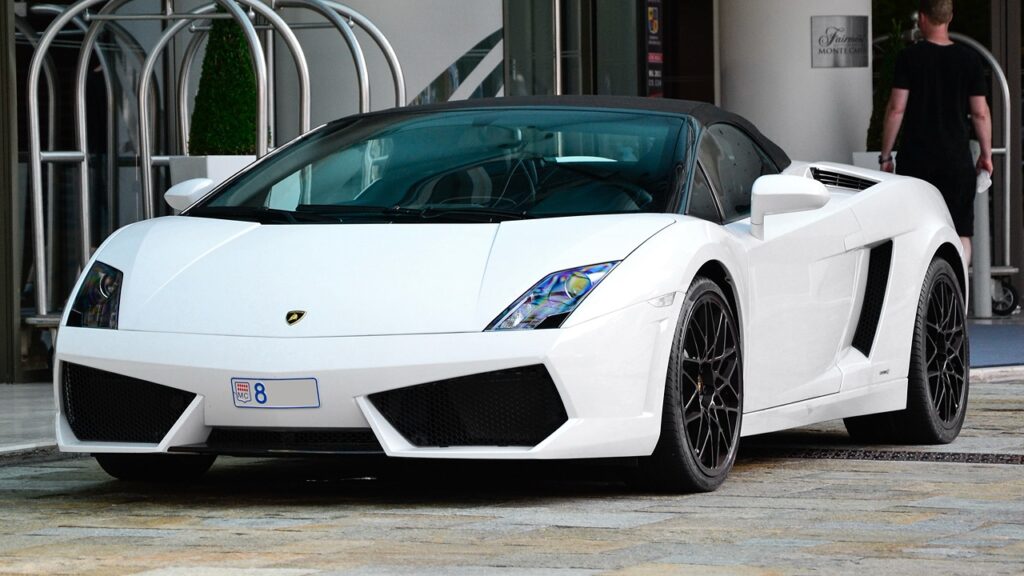
Ferrari carries a legacy of prestige, exclusivity, and refined performance. It’s often seen as the classic sports car brand. Lamborghini positions itself as the challenger, more aggressive and willing to break norms. This difference affects how fans relate to each brand—Ferrari appeals to tradition lovers, Lamborghini to those wanting something a bit louder and less conventional.
Future Direction: Hybrid Tech and Electric Plans

Both brands are moving toward electrification but with different strategies. Ferrari plans to mix hybrid systems with their V8s and V12s, keeping combustion engines central in the near term. Lamborghini is pushing hybrid supercars like the Sián, blending electric torque with traditional power, and plans for full electric models in the next decade. Their paths reflect a shared goal: balancing performance heritage with future regulations and technology.
Like what you read? Here’s more by us:
*Created with AI assistance and editor review.


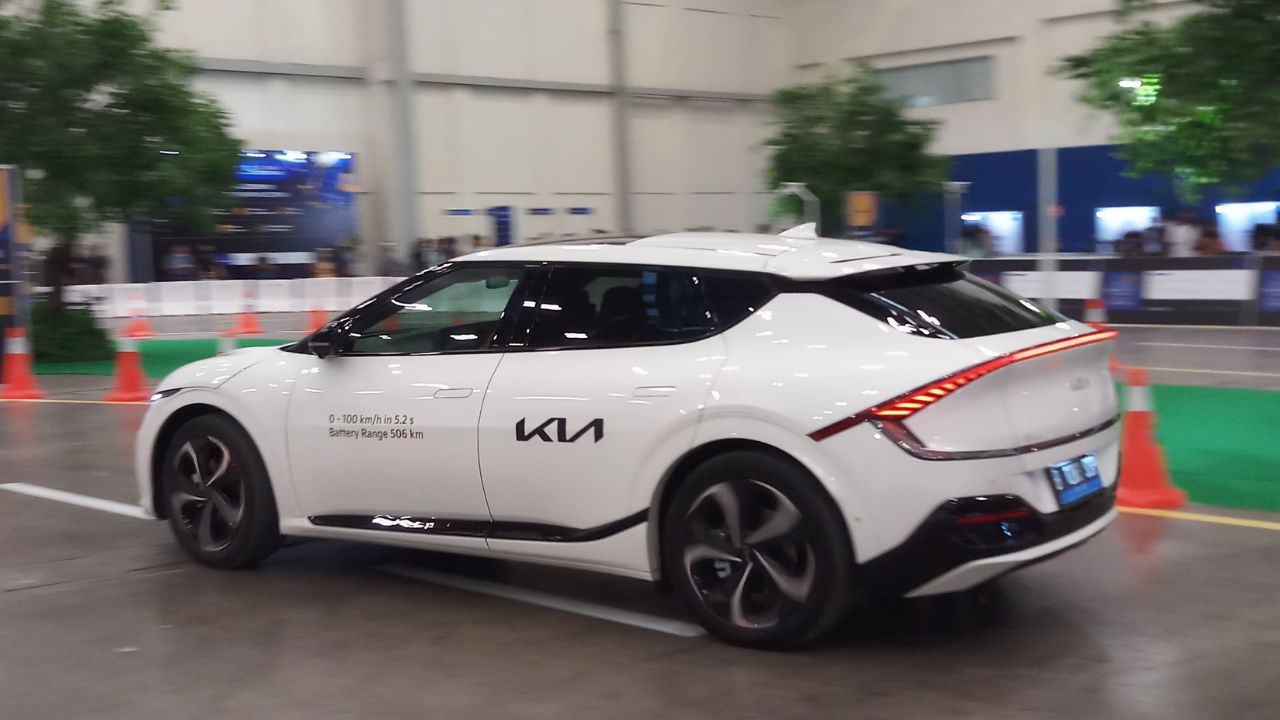




Leave a Reply